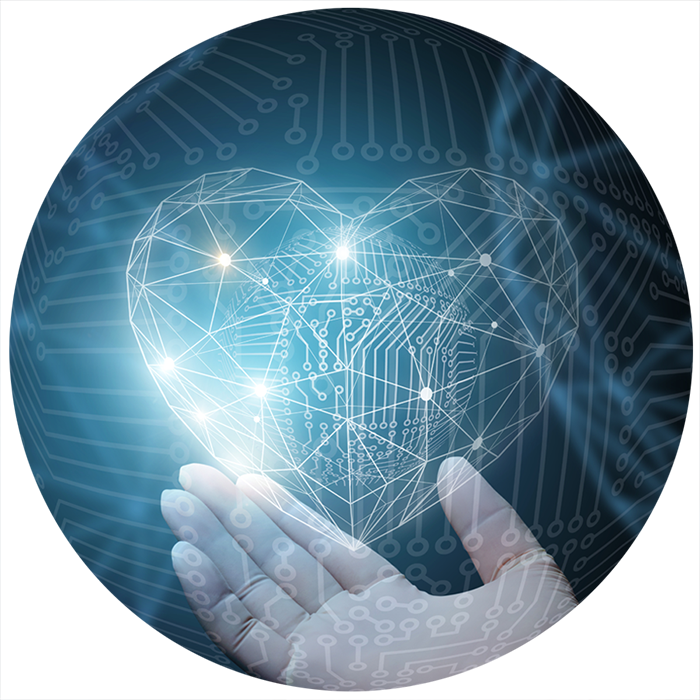DIA Japan Annual Meeting

Innovation: From Japan to the World…and Back Again
Innovation: From Japan to the World…and Back Again
Kazuhiro Kanmuri
Founder & CEO
Inter-Professional, Inc.
Alberto Grignolo
Corporate Vice President
PAREXEL International
apanese scientists have won the Nobel Prize for Physiology or Medicine in four of the past seven years (2012, 2015, 2016, and 2018). Japan is no stranger to innovation.
Diverse discussions, driven by a common desire to make progress in developing new medical products effectively and efficiently through global collaboration, ranged from the costs of R&D to clinical trials, real world evidence, accelerated pathways such as sakigake, AI applications in drug development, patient centricity and engagement, translational and precision medicine, Health Technology Assessment, and more. These are indeed the “hot topics” of the day around the world and in Japan.
Cost of R&D
Clinical Trials
There are great expectations in the world of clinical trial operations for the application of Information and Communication Technology (ICT) through mobile health devices, and using existing data collected from many sources, such as electronic health/medical records and mobile devices, was discussed extensively. Japan’s Medical Information Database Network (MID-NET) is leading the way. Novel use of emerging technologies and large bodies of data could help reduce the cost of R&D, provided that the necessary collaborations are established and function well.
The Investigator Initiated Clinical Trials for Registration (IICT) framework, which is fully compliant with the J-GCP standard, has been available in Japan since 2003. Many additional indications contributed by the IICT have been approved by the Japanese health authority and this framework has become important within the Japanese healthcare environment. Currently, from a speed, quality and cost perspective, the efficiencies applied in this IICT environment stimulates interest in early stage clinical trials run by small biotech companies as well as by venture companies in Japan.
Key components of ICH-E6 (R2), such as clinical trial design, data integrity and computer/IT system validation, clinical trial operations/oversight, SOP refinement, and appropriate training, are closely linked to both clinical trial efficiency and patient safety. Many stakeholders have struggled to adopt an appropriate approach to the coming ICH-E6(R2) implementation (risk-based monitoring, QMS, centralized monitoring strategy, CRO oversight etc.). These challenges are still in their initial stages.
Kazuhiko Mori, the representative from MHLW and Senior Councilor for Pharmaceutical Affairs, repeatedly emphasized the importance of applying new technologies (such as the Internet of Things [IoT], artificial intelligence, and medical big data) and new methodologies (fully using existing data such as patient registries in new approaches to clinical trials and post-marketing safety) in regulatory science, and PMDA’s readiness to collaborate in such R&D advancement.
Sakigake and PMDA Workload
Health Literacy and Patient Centricity
ICMRA
The International Coalition of Medicines Regulatory Authorities (ICMRA) met in parallel with the DIA Japan Annual Meeting and presented some elements of its ongoing work. The ICMRA Innovation Project is composed of three workstreams: 1) to investigate and research each Agency’s horizon scanning methodology; 2) to share and leverage the outcomes of horizon scanning; and 3) to discuss the latest trends in novel pathways to licensing. The final report of these workstreams will be available in March 2019.
It is now very clear, and was stated openly, that 21st century regulators see a new role for themselves as “enablers” who connect the relevant stakeholders and facilitate the development and approval of innovative products for patients – engaging in such fields as genome editing, RWD/RWE, AI and “bedside manufacturing” of cell therapy products. Their message was that disruptive technologies call for disruptive (expedited and facilitated) regulatory processes: Regulators are ready for change.

